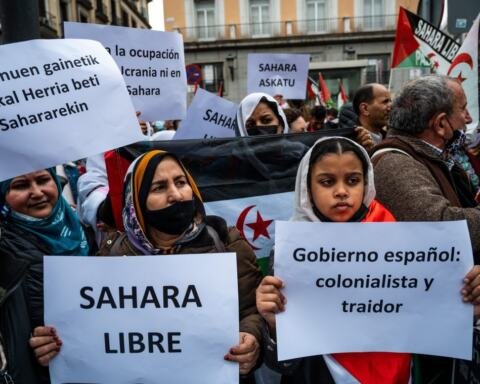Western Sahara: The Refugee Nation – Book Summary
Pablo San Martín’s Western Sahara: The Refugee Nation offers a compelling look at the Saharawi people, who have spent nearly five decades living as refugees while maintaining a strong sense of national identity. Centered around the idea of Western Sahara the refugee nation, the book explores how this stateless community has managed to build a political and cultural identity in exile.
The story begins with the region’s colonial history under Spain and moves through Morocco’s occupation of Western Sahara in 1975. As a result, tens of thousands of Saharawis fled to refugee camps in southwestern Algeria, where many still live today. But rather than framing the Saharawis solely as victims of displacement, San Martín focuses on their resilience. In the harsh conditions of the camps, they’ve created schools, hospitals, political structures, and cultural institutions — essentially building a nation from the ground up.
A major theme of the book is the way the Saharawi national identity has evolved through education, political activism, and international solidarity. San Martín pays particular attention to the role of the Polisario Front, the governing body of the Saharawi Arab Democratic Republic (SADR), and how education initiatives — including ties with Cuba — have shaped a generation of leaders and thinkers.
By highlighting the everyday lives of Saharawi refugees and the institutions they’ve built, Western Sahara: The Refugee Nation challenges conventional ideas of statehood and sovereignty. This is a nation without a recognized state — but one that exists nonetheless, rooted in community, culture, and struggle.
For anyone interested in decolonization, refugee issues, or African politics, this book is a powerful case study of how a nation can survive and even thrive beyond its borders.
Full Book
Iberian-and-Latin-American-Studies-Pablo-San-Martin-Western-Sahara_-The-Refugee-Nation-University-of-Wales-Press-2010-Z-Lib.io_Support our work
Support our work
Support our work with a one-off or monthly donation
AuthorPablo San Martin Year2010Pages236LanguageEnglish
Share via
Related resources
The Western Sahara Dispute: A Cautionary Tale for Peacebuilders
The UN and MINURSO have succeeded neither inconducting a referendum nor in…
Western Sahara as a Hybrid of a Parastate and a State-in-Exile: (Extra)territoriality and the Small Print of Sovereignty in a Context of Frozen Conflict
Within the liminal universe of parastates, what makes Western Sahara/SADR…
The Front Polisario Verdict and the Gap Between the EU’s Trade Treatment of Western Sahara and Its Treatment of the Occupied Palestinian Territories
Morocco’s control over Western Sahara and Israel’s control of the West Bank…



